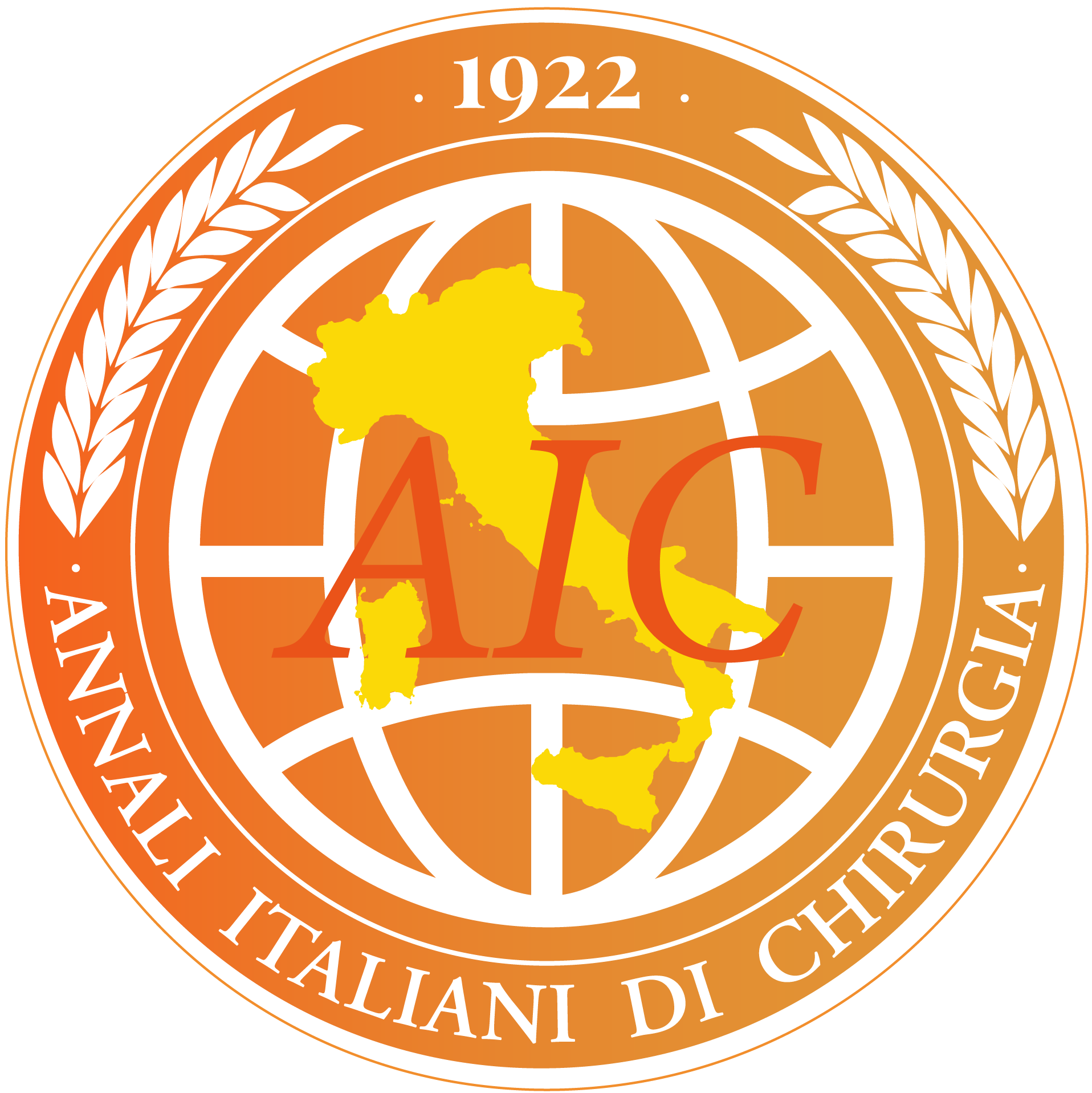20 Aug 2024
ArticleA Modified Lateral Seminal Vesicle Approach Preserving the Bladder Neck in Laparoscopic Radical Prostatectomy Improves Urinary Continence Recovery
Xishuang Zhan 1Quanming Liu 2Jun Xu 2Jun Ouyang 3
Affiliations
Article Info
1 Department of Urology, The First Affiliated Hospital of Soochow University, 215006 Suzhou, Jiangsu, China; Department of Urology, Wenling Hospital of Traditional Chinese Medicine Affiliated to Zhejiang University of Traditional Chinese Medicine, 317500 Wenling, Zhejiang, China
2 Department of Urology, Wenling Hospital of Traditional Chinese Medicine Affiliated to Zhejiang University of Traditional Chinese Medicine, 317500 Wenling, Zhejiang, China
3 Department of Urology, The First Affiliated Hospital of Soochow University, 215006 Suzhou, Jiangsu, China
Ann. Ital. Chir., 2024, 95(4), 100157; https://doi.org/10.62713/aic.3309
Published: 20 Aug 2024
Copyright © 2024 The Author(s).
This work is licensed under a Creative Commons Attribution 4.0 International License.
Abstract
AIM: The purpose of this study was to investigate the effect of laparoscopic lateral seminal vesicle approach to preserve the bladder neck during laparoscopic radical prostatectomy. METHODS: Between September 2020 and December 2022, we retrospectively analyzed patients with T1–T3b stage prostate cancer treated at our institution using the laparoscopic lateral seminal vesicle approach. We recorded the bladder neck preservation success rate, cystourethral anastomosis time, urinary catheter extraction time, length of hospital stay, and urinary control scores, including urine pad use, at 1 week, 1 month, and 3 months post-catheter removal. Adverse events included rectal injury, bladder injury, ureteral injury and positive surgical margins. RESULTS: There were 56 patients (mean age 70 ± 5.8 years) The success rate of bladder neck preservation was 100%. The median cystourethral anastomosis time was 11 (9–14) minutes. The median postoperative hospital stay was 10 (9–11) days. The urinary continence rate was 83.9% (47/56) in 1 week, 89.3% (50/56) in 1 month and 98.2% (55/56) in 3 months. One patient developed adhesions caused by invasion of both seminal vesicles, which damaged the rectal wall. CONCLUSIONS: The laparoscopic lateral seminal vesicle approach can preserve the bladder neck completely during laparoscopic radical prostatectomy, improving postoperative urinary continence, with a high rate of immediate urinary continence, and significantly improving patients' quality of life.
Keywords
- immediate urinary continence
- laparoscopic radical prostatectomy
- prostate cancer
- seminal vesicle approach
article-detail-mobile

